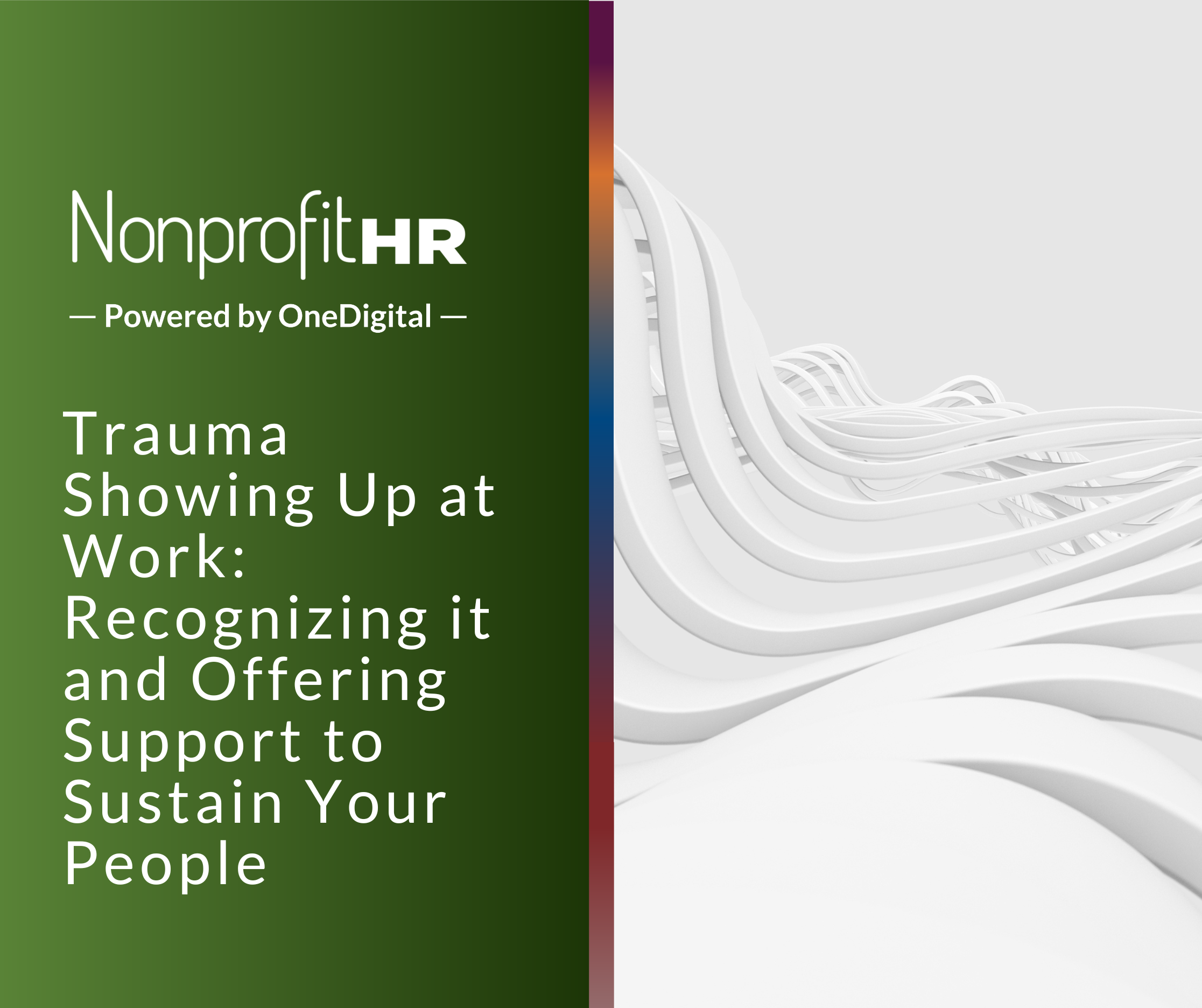WTOP: 5 ways nonprofits can…
More than 350 social sector organizations responded in our 2024 Total Rewards Practices Survey, sharing both their challenges and priorities regarding compensation, benefits and total rewards in today’s work environment. Employee benefits are more than just perks — they’re a key factor in attracting and retaining top talent. As organizations look to stay competitive and meet the diverse needs of their teams, here are some of the biggest trends driving the benefits landscape.
1. Top Priorities for Benefits Programs
Organizations are laser-focused on three key areas when it comes to benefits:
- Staying Competitive: Organizations are constantly evaluating their benefits to ensure they meet employees’ evolving needs, from health coverage to work-life balance.
- Cost Control: While offering robust benefits is essential, managing costs without sacrificing value is a top concern.
- Lifestyle Benefits: More organizations are realizing that benefits aren’t one-size-fits-all. Employees want benefits that fit their lives, such as flexible work arrangements, wellness programs and mental health support.
2. Pushing for Benefits Equity
Creating inclusive benefits is becoming a non-negotiable for organizations as they strive to support employees from all backgrounds:
- Timely Support: Organizations are actively reminding employees about important benefits, like mental health resources during stressful times, ensuring everyone knows what’s available when they need it most.
- Inclusive Policies: More employers are offering benefits that support non-binary and transgender employees, such as gender transition benefits. Similarly, benefits for same-sex and non-biological parents, such as adoption assistance, are growing.
- Flexible Work: Managers are being trained to offer flexible work options, ensuring employees can balance their personal and professional lives — especially those with unique circumstances or needs.
3. Core Benefits Remain a Staple
Most organizations continue to offer a core package that forms the backbone of their benefits strategy:
- Health, dental and vision insurance
- Life and disability coverage
- Retirement plans
- Flexible Spending Accounts (FSAs)
This basic package is essential for most employees, but organizations are increasingly building on it with supplemental benefits.
4. The Rise of Supplemental Benefits
As organizations aim to stand out in a competitive job market, supplemental benefits are becoming more common:
- Most Popular Add-Ons: Employee Assistance Programs (EAPs) and parental leave benefits are two of the most frequently offered perks. Mental health support and telehealth services are also gaining popularity.
- Emerging Benefits: While not as widespread, benefits like tech stipends, critical illness insurance and student loan repayment programs are gaining attention. On the other end, pet insurance and wellness stipends are still rare but appealing to a niche audience.
5. Paid Family Leave: Regional Impact
One of the hottest topics in benefits is paid family leave, and state laws are driving much of the conversation:
- State Mandates Matter: 64% of organizations operate in states with mandated paid family leave, which influences their policies. These laws often set the baseline, but many organizations are going above and beyond.
- Exceeding Requirements: 47% of employers in states with mandated leave offer parental leave policies that go beyond what’s required. However, about 27% of organizations are in states without any paid family leave mandate, meaning employees in those areas rely on employer-driven benefits. Whether or not in a state where leave is mandated, many employers offer a combination of leave types to support their parental leave programs.
6. Feedback Is the Future
One of the most encouraging trends is that most organizations are actively soliciting employee feedback on their benefits. This signals a shift toward engaging employees in shaping benefits that truly matter to them. Listening to what employees want not only boosts satisfaction but also helps organizations fine-tune their offerings.
Final Thoughts: Building the Future of Benefits
The future of workplace benefits is all about balance — finding the sweet spot between cost-efficiency and offering a rich, inclusive package that meets the unique needs of a diverse workforce. As organizations continue to innovate in this space, those that listen to their employees and stay ahead of trends are the ones that will succeed in building a supportive and engaged workplace.
Lisa McKeown
Managing Director, Total Rewards
Nonprofit HR
View Lisa’s bio.






























